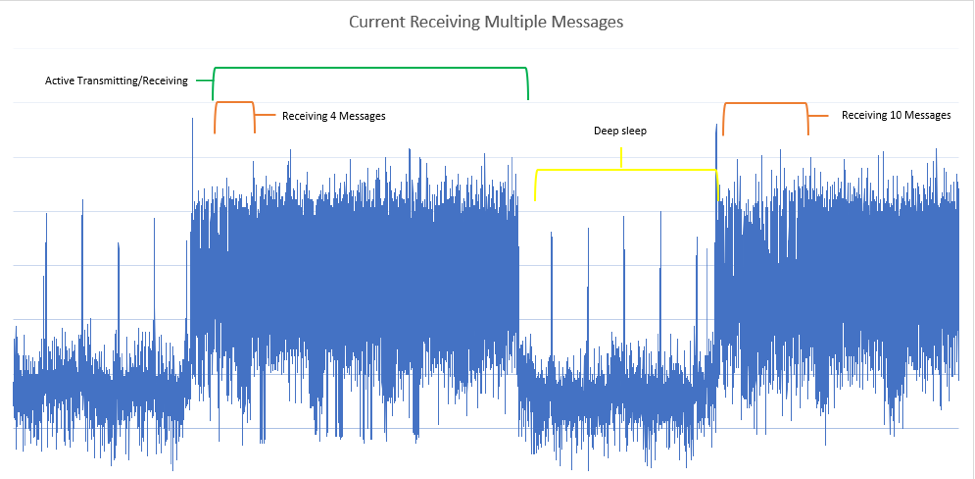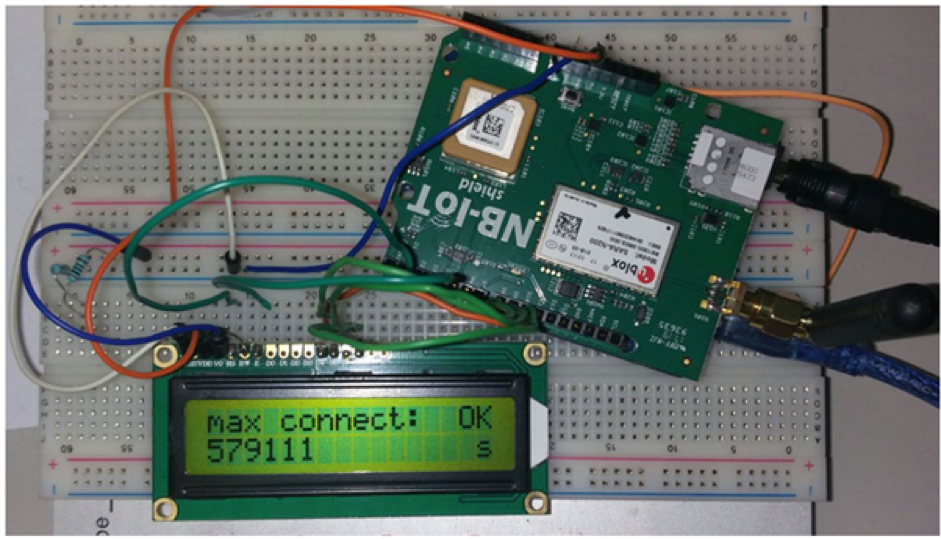On the 26th and 27th of May, we finished our case about power analysis for IoT applications. This is a small report showcasing what we can do as a case study.
T-Mobile is actively involved in new IoT innovations. One technology they are researching is narrowband IoT (NB-IoT). Because of the narrow bandwidth, the modules are very energy efficient. This allows for an efficient IoT application where a small battery could power the device for months. T-Mobile is interested in the exact performance of the NB-IoT modules. Is all the observed behaviour according to specifications?
Power testing
Research in the full functionality of the NB-IoT modules has been done by the team. Hereby, the focus was on the power consumption when the module is used in several situations (for instance transmitting, receiving and sleep mode). Using the T-Mobile network and making use of an efficient power consumption protocol this device can send short bursts of data to a server and quickly go to sleep afterwards, depending on the power mode settings. This severely limits the power consumption.
The team has been testing how low the power consumption actually was in all scenarios. Several conclusions were made, including one where the system was not properly switching to deep sleep mode when functioning on a certain version of the firmware. Research was also done to test the deep sleep mode and search for any unintended behaviour. The figure below describes the different levels of power consumption during operation of the NB-IoT module.

Long term power test
A specifically useful test for T-Mobile was the power saving mode test. When in deep sleep mode, an NB-IoT module should wake up after 310 hours to quickly make contact with the network. Therefore, the test required a module to run and be monitored for 2 weeks. In this case the system should be able to have a very small power usage while maintaining the functionality that it should never have to reconnect once it wakes up.

After 14 days the figure below shows some activity after exactly 310 hours, after which the module went back to deep sleep mode.




